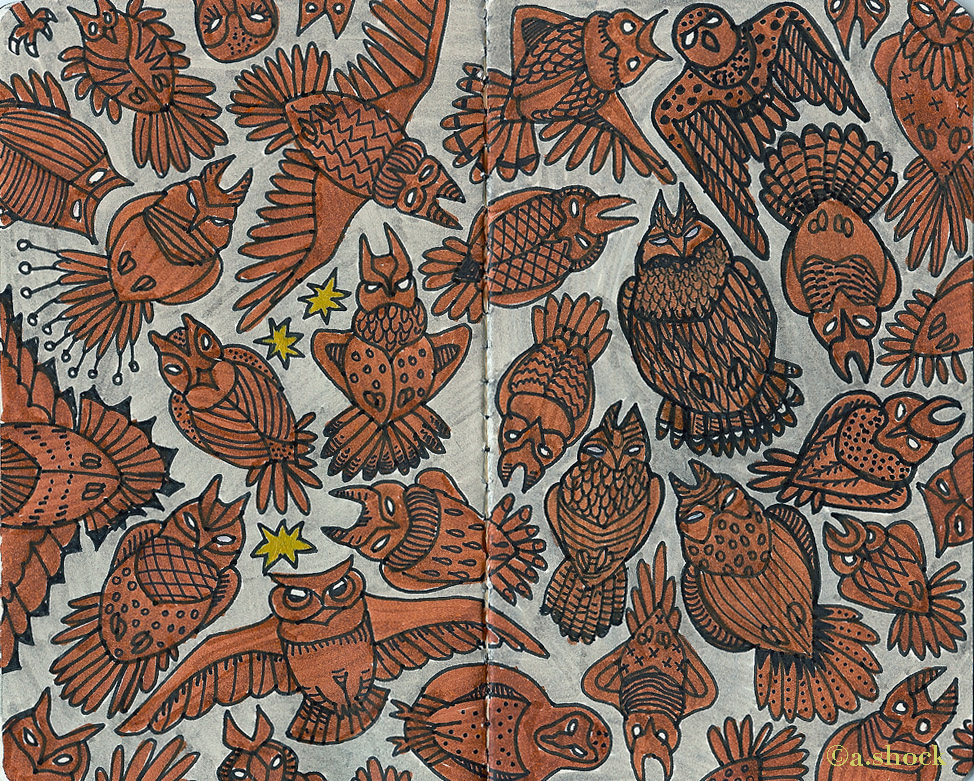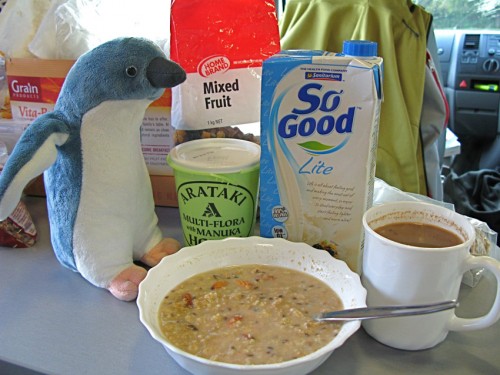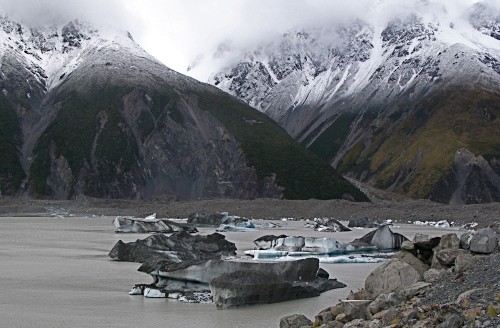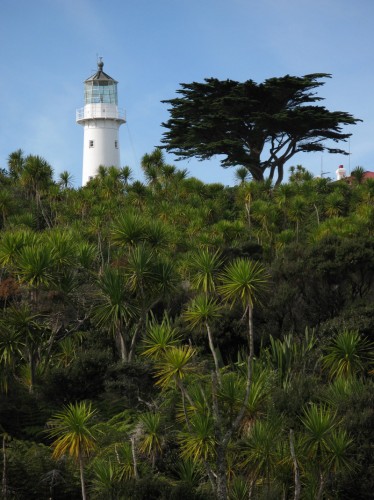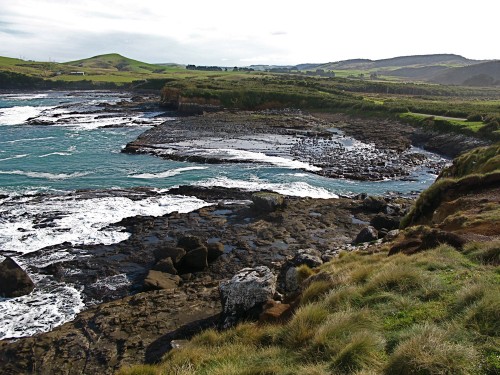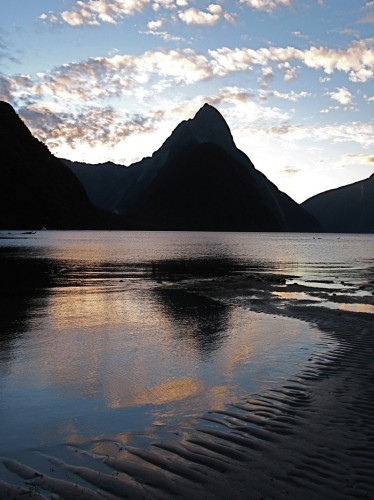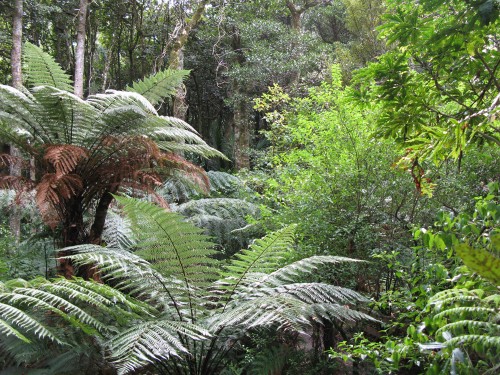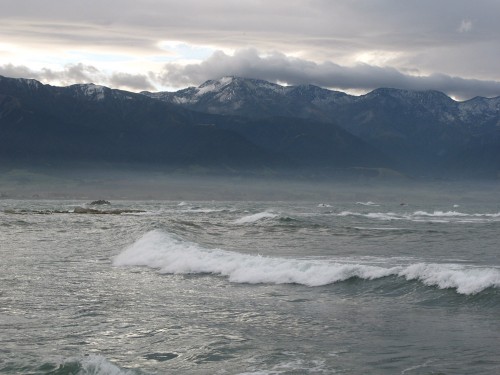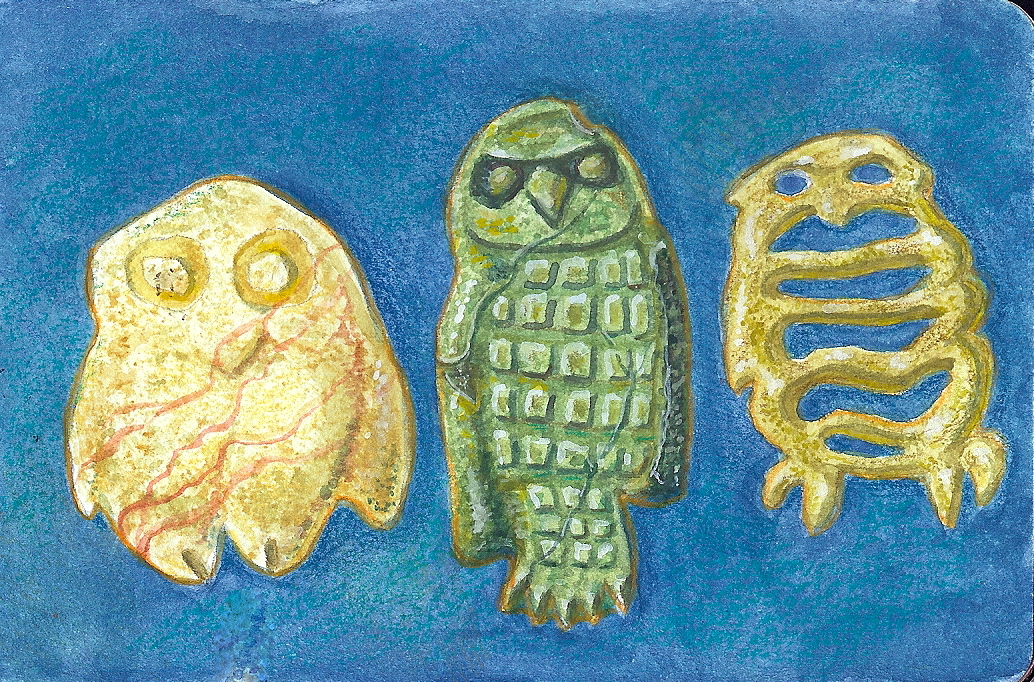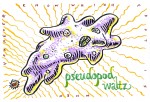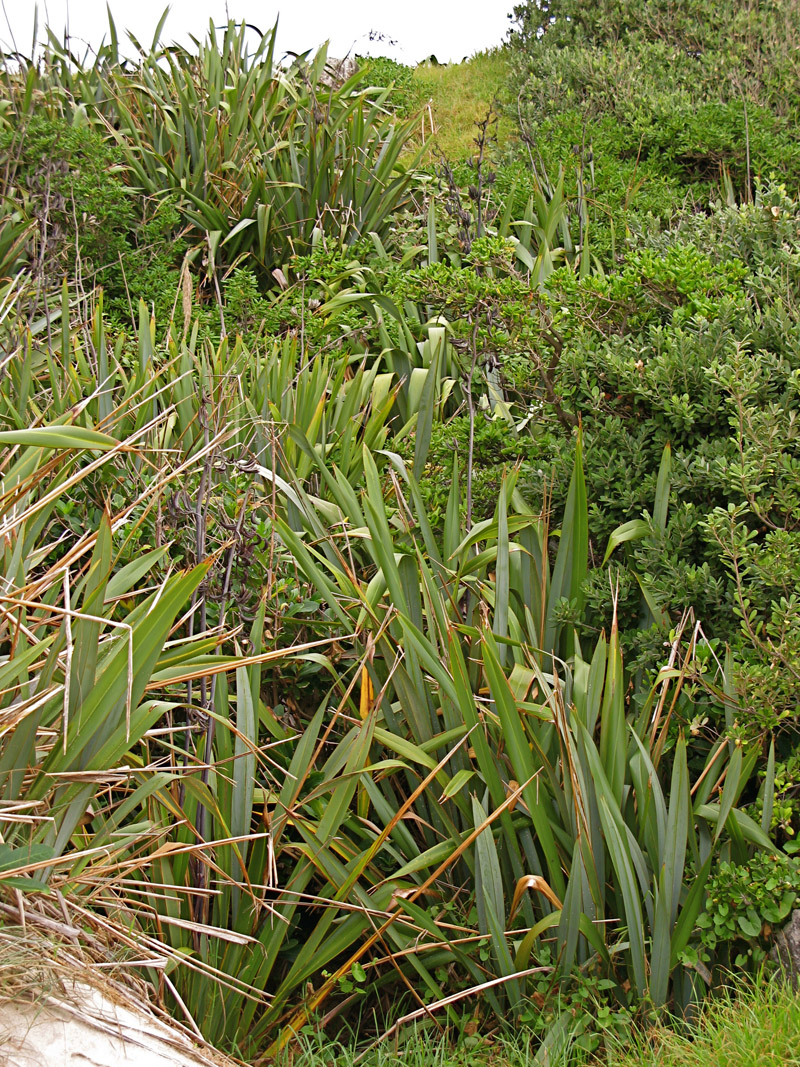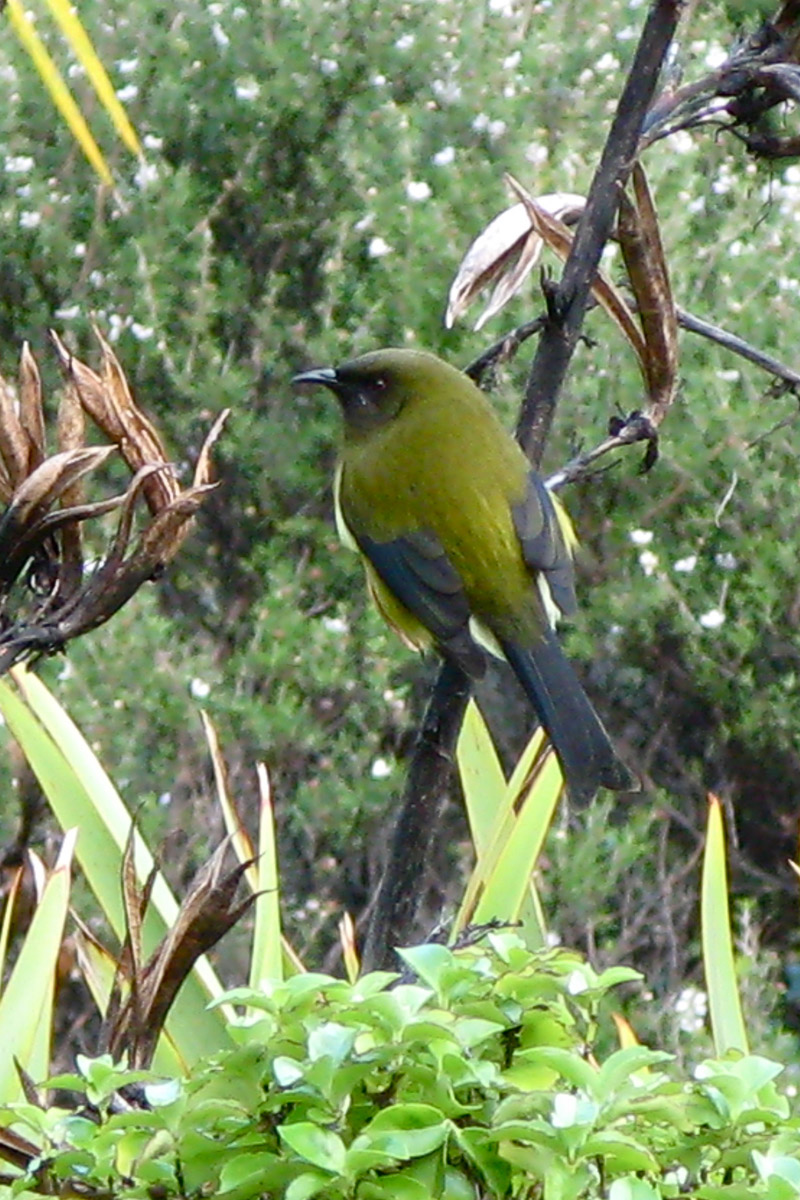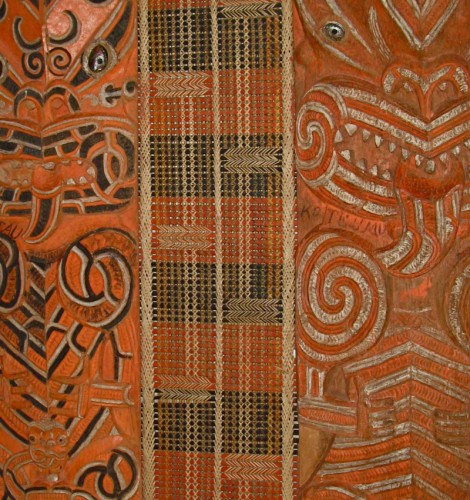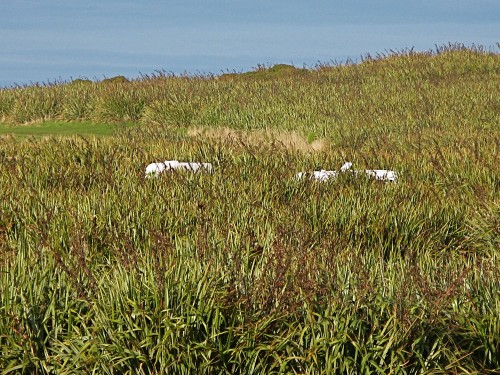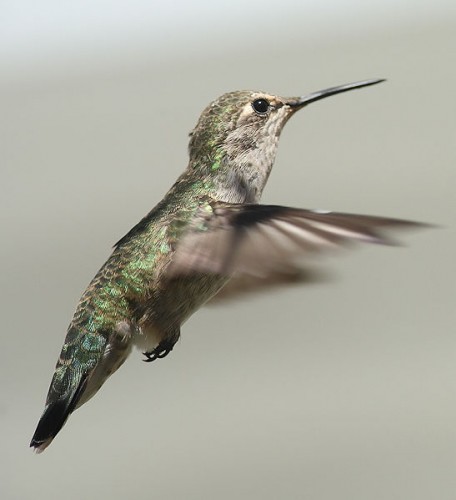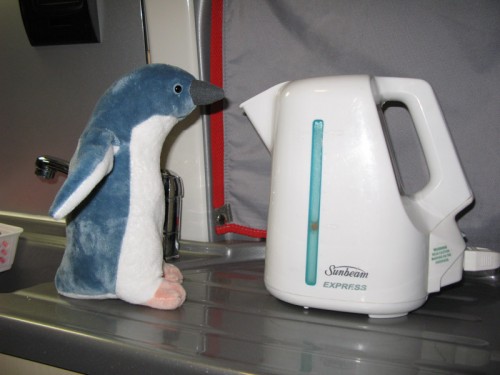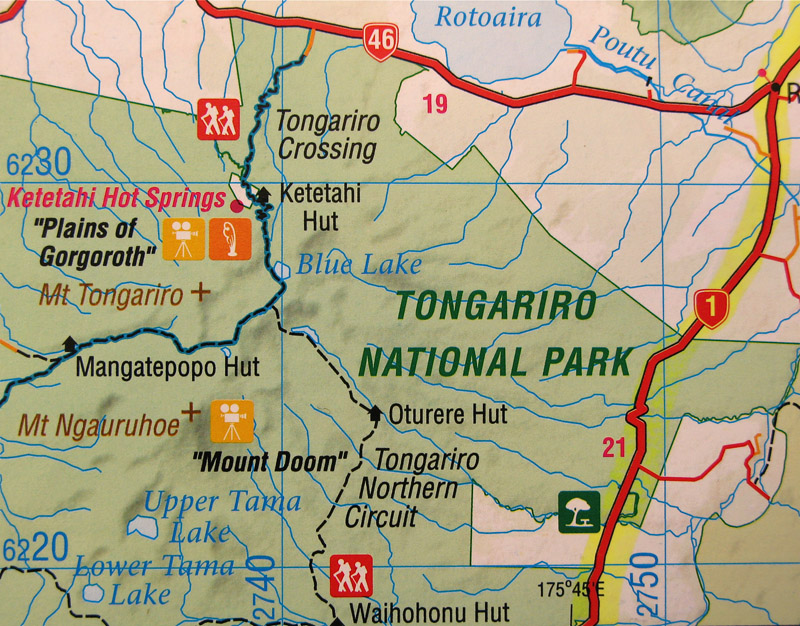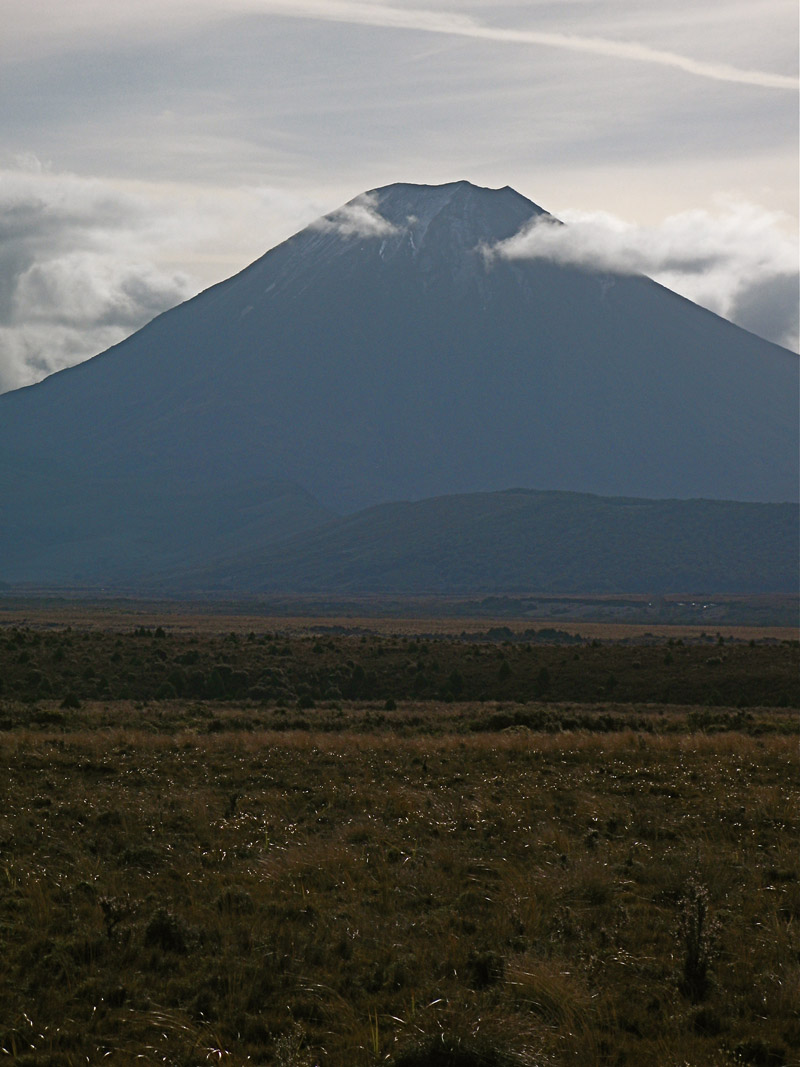Gamboling Gambel’s Quailets
In our area, the first Gambel’s quail chicks of the year usually start showing up in early May, clustered around their parents under the mesquite trees in the yard, pecking expertly at the ground like the precocial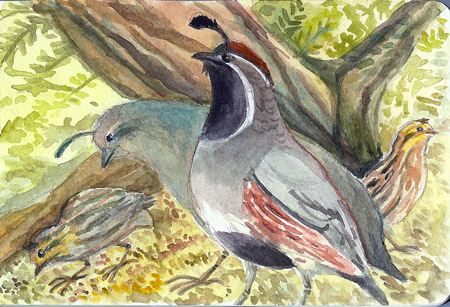 youngsters they are. This year, since we weren’t around then, we missed the “nebula phase” of their development — when they’re so small and move so fast that it’s hard to count them: a streaky brown cloud of down orbiting the adults like electrons, running everywhere because their legs are so short.
youngsters they are. This year, since we weren’t around then, we missed the “nebula phase” of their development — when they’re so small and move so fast that it’s hard to count them: a streaky brown cloud of down orbiting the adults like electrons, running everywhere because their legs are so short.
Now that we’re back, the feeders are full again, and the parents are bringing their broods around. For the past two days there’s been a family of six cleaning up nyger thistle that the frenzy of fressing finches let fall from the front mesquite feeder: two adult quail and four chicks. The chicks are still quite young, but no longer downy — adolescent really, and they’re beginning to get little nubs on their foreheads where their topknots will grow in. They are still cryptically colored buffy-streaky so that they’re nearly invisible against the soil in the dappled sunlight let through by the mesquite’s tiny compound leaflets. Papa usually stands watch as the family feeds, which they do at a more leisurely pace than when it’s the adults alone. This may be a clutch incubated in the spiky tangle of our fan-palm, where a hen successfully raised a brood of 9 last year.
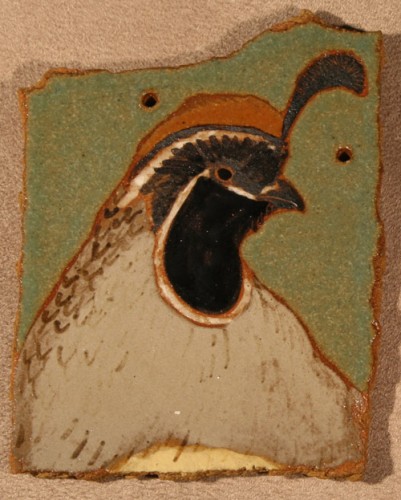 Normally I’d snap a photo of the family scene above. But because I can’t get a decent picture through the reflection-hazed windows looking out onto the feeders (I’ve tried!), and going outside would start the whole shebang to flee, I thought I’d sketch from life (above). I’m just finding my way around watercolors again after a very long absence, and haven’t managed to loosen up as much as I’d like — at this point, I seem to produce tinted drawings, rather than acheiving a freer painting style. One reason for that is that it’s such a different process than capturing “birdness” in the broad, unblended swatches of opaque glaze color, which is what I normally do, as in this Three Star Owl male Gambel’s quail wall tile pictured to the right.
Normally I’d snap a photo of the family scene above. But because I can’t get a decent picture through the reflection-hazed windows looking out onto the feeders (I’ve tried!), and going outside would start the whole shebang to flee, I thought I’d sketch from life (above). I’m just finding my way around watercolors again after a very long absence, and haven’t managed to loosen up as much as I’d like — at this point, I seem to produce tinted drawings, rather than acheiving a freer painting style. One reason for that is that it’s such a different process than capturing “birdness” in the broad, unblended swatches of opaque glaze color, which is what I normally do, as in this Three Star Owl male Gambel’s quail wall tile pictured to the right.

